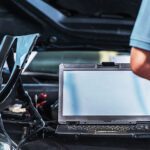Five Key Trends Linked to High-Voltage Electric Powertrains
As high-voltage electrification and automation drive the greatest period of automotive innovation in a century, the electronics that serve the industry must balance material properties and design to achieve safer and higher-performing end products.
By Maurizio Mercurio, Senior R&D Product Development Engineer, Transportation Solutions, TE Connectivity electric powertrains
After nearly a century of incremental advancements, the automotive industry has emerged as a hotbed of innovation. Companies are transforming architectures, electrifying infrastructures, and preparing to capitalize on the pervasive, continuous connectivity that will finally realize the power of vehicles as connected devices. Together, industry participants are writing the new rules of the automotive industry. The future is high-voltage propulsion and high-speed data applications that transform cars and commercial transportation into high-performing vehicles that provide safety, comfort, infotainment, and even thrill. Here are five key trends we’re witnessing now surrounding the development of high-voltage electric powertrains.
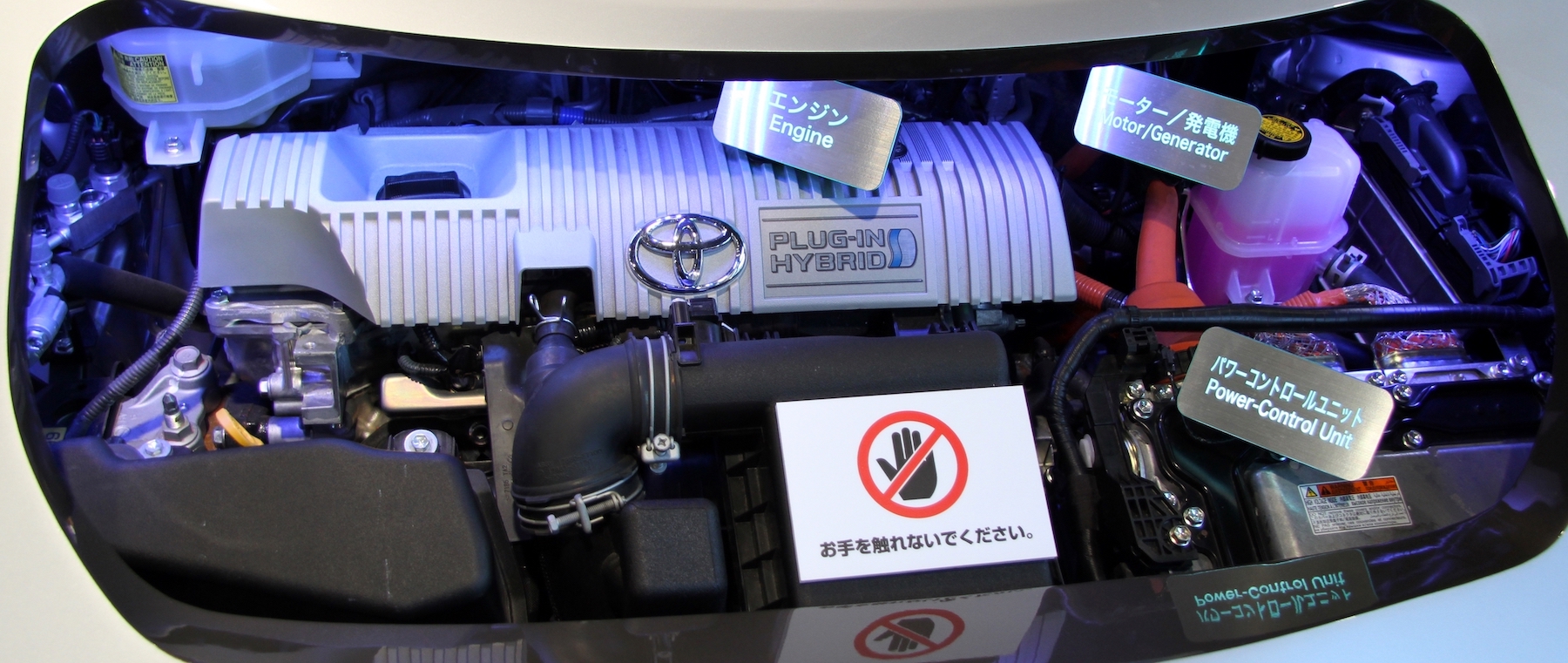
A high-voltage, plug-in hybrid electric (PHEV) powertrain in a Toyota Prius.
1. Internal infrastructures are being rethought to include new real estate.
In the last decade, car manufacturers have been limited in terms of electric vehicle (EV) design because they’ve designed systems around an internal combustion engine (ICE) chassis. Now those limitations have been swept away with the adoption of electric powertrains. As companies seek to maximize internal car real estate, they are miniaturizing systems and packaging components in new ways. For example, inverters and motors are increasingly being packaged together and DC-DC converters and on-board chargers are being integrated, saving space. It will be interesting to see which components become fully integrated and accepted by the industry moving forward.
Shifting to electric powertrains does free up a substantial amount of space in vehicles compared to their equivalently sized ICE-powered vehicles. However, this newly acquired space is being quickly allocated for applications that improve the user experience by increasing comfort, providing functional features that drive performance, and delivering new entertainment streams. As a result, component miniaturization remains a high priority in electric powertrains, comparable to efforts in other electronics-intensive industries today. This newly available space becomes an open canvas for vehicle designers to express their brand’s identity in a way that resonates with target consumers. Soon after the birth of the EV came the birth of the “frunk” (front trunk), which replaces the space traditionally reserved for the engine with convenient extra storage space. Car manufacturers are using this space for innovations that increase consumer comfort and convenience. As EV manufacturers take a well-deserved user-centric design approach, the pressure is on industry players to develop higher-performing components that are more tightly packaged than ever before.
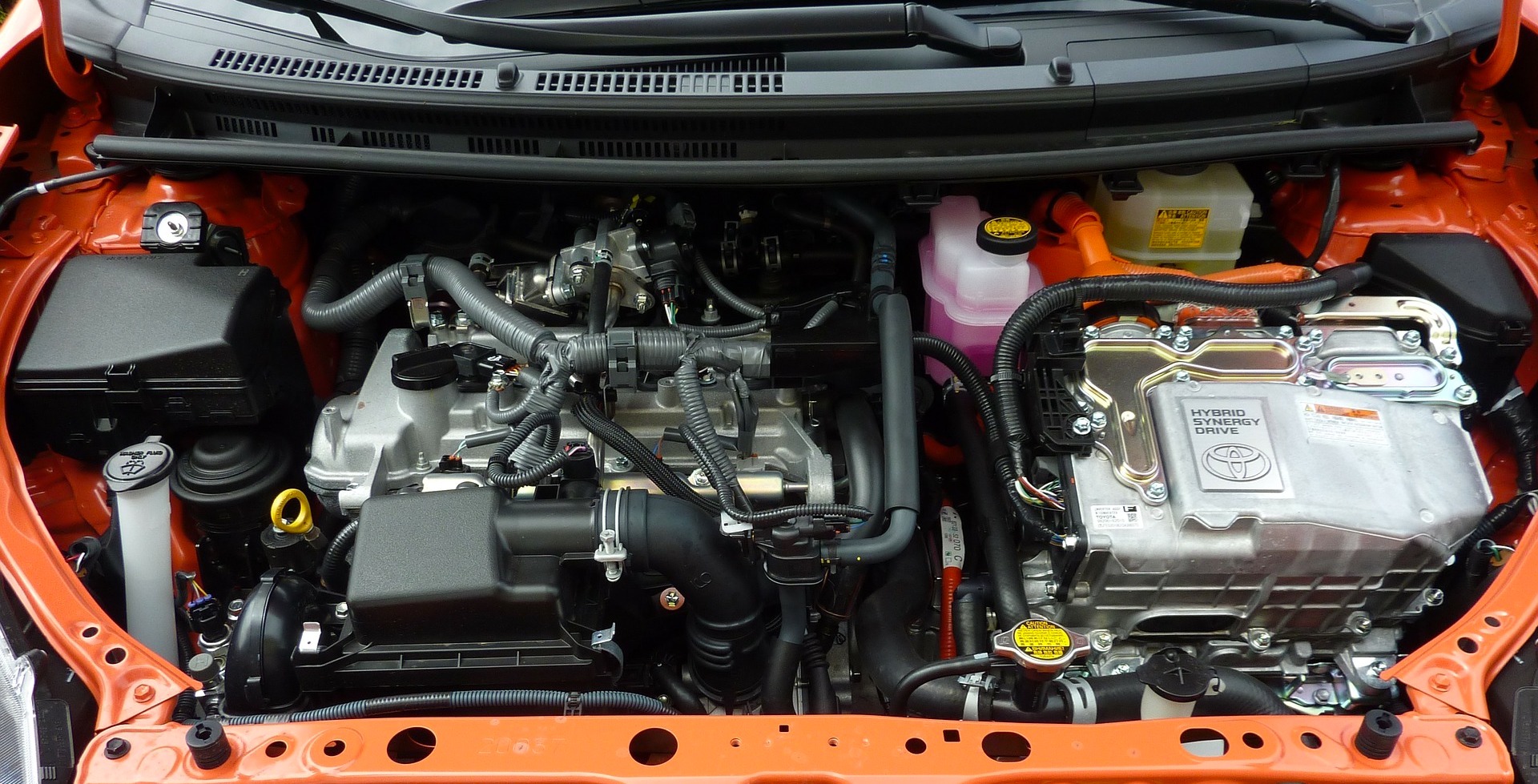
2. Standards can’t keep up with increasing demand for high-voltage electric powertrains.
As a connector, sensor, and antenna provider in this industry, TE Connectivity occupies an interesting position, working closely with both raw materials providers and vehicle design owners at original equipment manufacturers (OEMs). TE design engineers push the boundaries of engineered material properties and innovative design to meet OEM and industry requirements, which are getting more challenging with each passing month. EV manufacturers are pushing for higher voltage electric powertrain architectures that also satisfy two other critical requirements that cannot be compromised: packaging and safety. In accordance with creepage and clearance design practices (IEC 60664), increasing a component’s voltage rating typically expands overall packaging size as the distance between conductive components grows. However, as the industry aims to package more power electronics into smaller enclosures, this size increase also becomes constrained. As a result, it becomes every supplier’s challenge to balance material properties and design to achieve both safer and higher-performing electric powertrains that meet industry demands.
As is common with technology innovation, marketplace developments are outpacing regulations and standards developments. The existing automotive standards that are routinely followed by the dense automotive supplier network are not always representative of the new generation of electric vehicles being designed today. And while many standards are due for updates, it is the propulsive rate of advancements in battery and power electronics technology that is fast outpacing any efforts towards updating them.
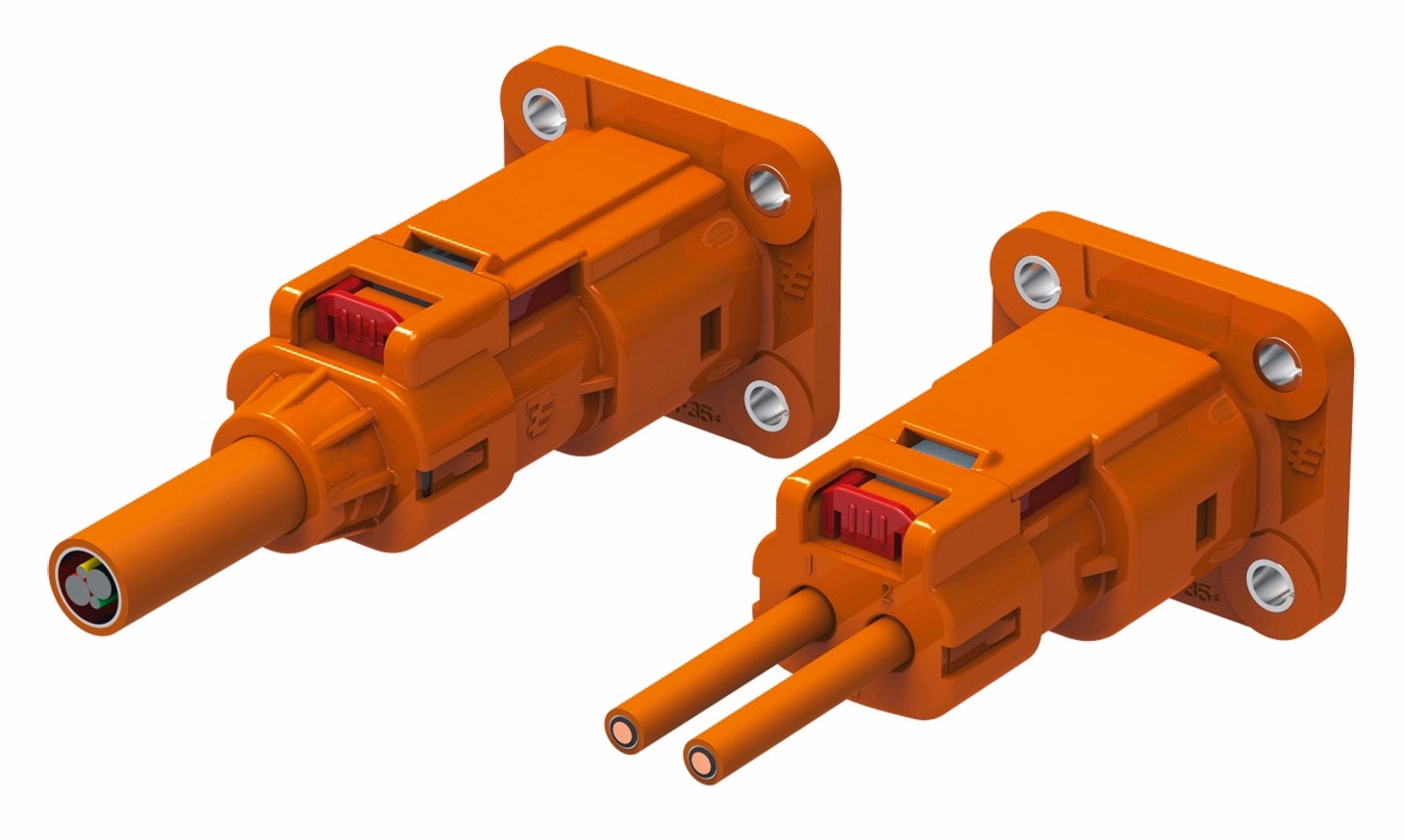
TE Connectivity’s Hybrid and Electric Mobility Solutions (HEMS) include high-voltage connectors.
This leaves automotive and component manufacturers around the world in a challenging spot. Since they can’t wait for the dust to settle, most companies are writing internal custom specifications to address the need for the highest-energy-density components at the right price point. Collaboration, partnerships, and licensing arrangements will help companies combine individual efforts and the best emerging standards will be put forth to governing bodies such as the United States Council for Automotive Research (USCAR) for consideration. Given the intensity of investment and innovation, as well as increasing environmental regulation, standards development in the US and globally will need to catch up sooner rather than later.
3. The talent pool is shifting.
The top technical talent tends to move to the new frontier of engineering design and that is increasingly the automotive vertical. EV startups and disruptive car companies are poaching talent from consumer and data communications companies as the automotive industry goes fast-paced and high-tech. As vehicle processing speeds, data generation, and reliance on electronics increase, these two worlds overlap in more ways than you might think. The mix of talent fusing in the merging industries creates a great balance of skillsets. Newcomers to the automotive space bring their high-voltage, electronics, and system design know-how. However, automotive engineers’ legacy experience becomes invaluable when adapting designs for applications that experience exposure to harsh environmental conditions such as heat, dust, moisture, and different levels of vibration.
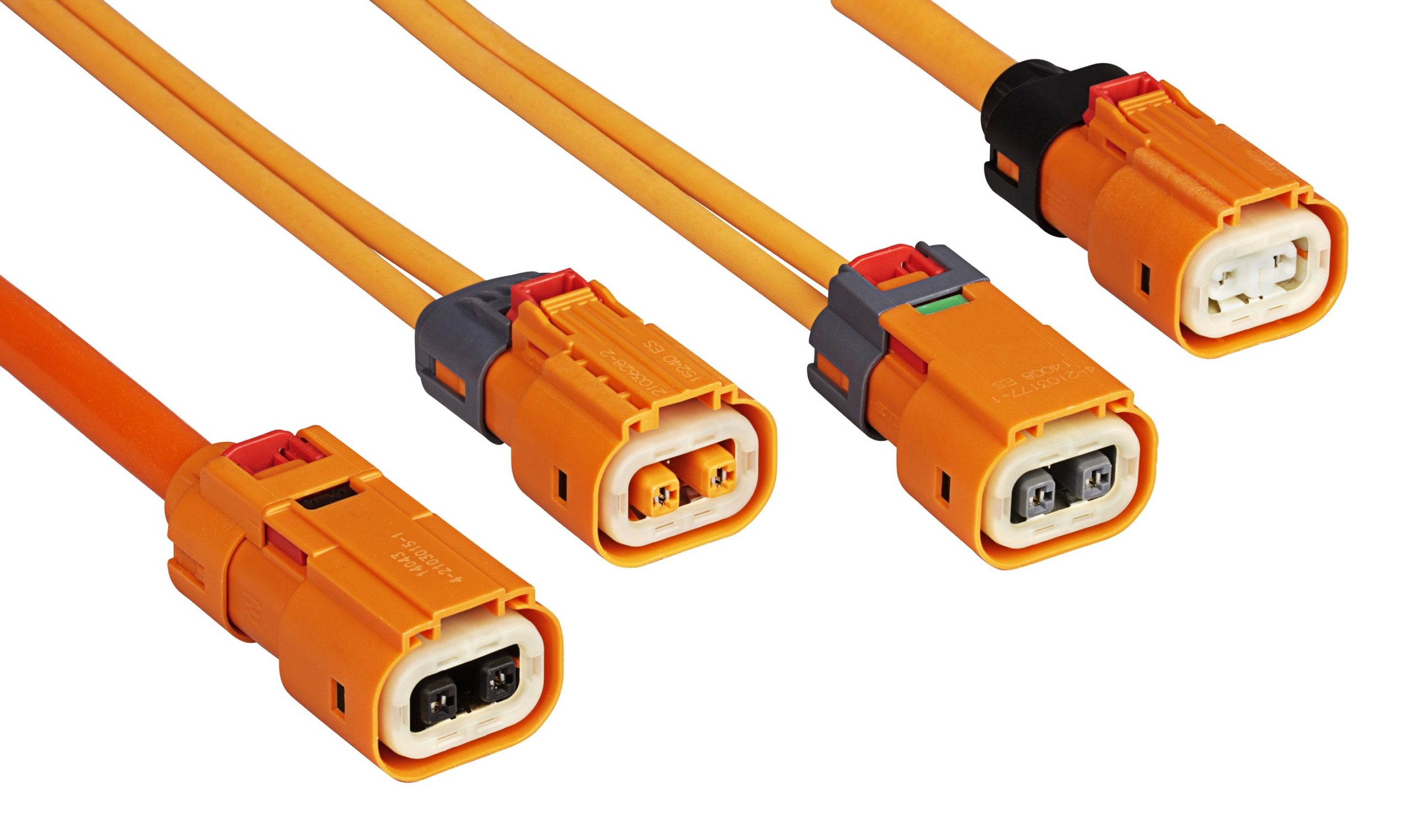
TE Connectivity’s HC Stak connector family is an example of fit-for-purpose connectors that address the design challenges surrounding high-voltage components in the EV market. TE combines a versatile and scalable terminal design with ultrasonically welded tab-to-wire terminations to create desirable low-profile, energy-dense packaging.
In the automotive industry, look for concepts such as Zero Defects to take hold. Akin to quality initiatives used to manufacture silicon wafer chips for computing applications, Zero Defects is an industry-wide initiative that provides strict requirements for design, testing, and product ramp-up to identify and eliminate production and latent defects. Automobile manufacturers and Tier 1 suppliers will be buying billions of semiconductor chips, which must perform flawlessly in exacting conditions since human lives and complex business processes are at stake. EV applications have an abundance of sensitive, yet safety-critical electronics functioning in all kinds of environments. Similarly, the maintenance model of these new-generation vehicle components will require education programs and maybe even clean-room conditions akin to those used with chip manufacturing, rather than open-air auto shop bays.
4. Building high-voltage charging infrastructure
While commercial operators have their own charging infrastructures, industry participants are grappling with the complexity of building out a network of fast-charging, high-voltage infrastructures to grow the consumer market. Among the issues they need to define: EV charging models, locations, charging levels, use cases, and connector standards. While most EV owners charge their cars at home overnight, fast charging on urban streets or at commercial locations is necessary to increase range and drive mass adoption. It’s possible that startups may drive the industry forward with new technologies, but they will ultimately require large companies to fund or acquire and expand them.
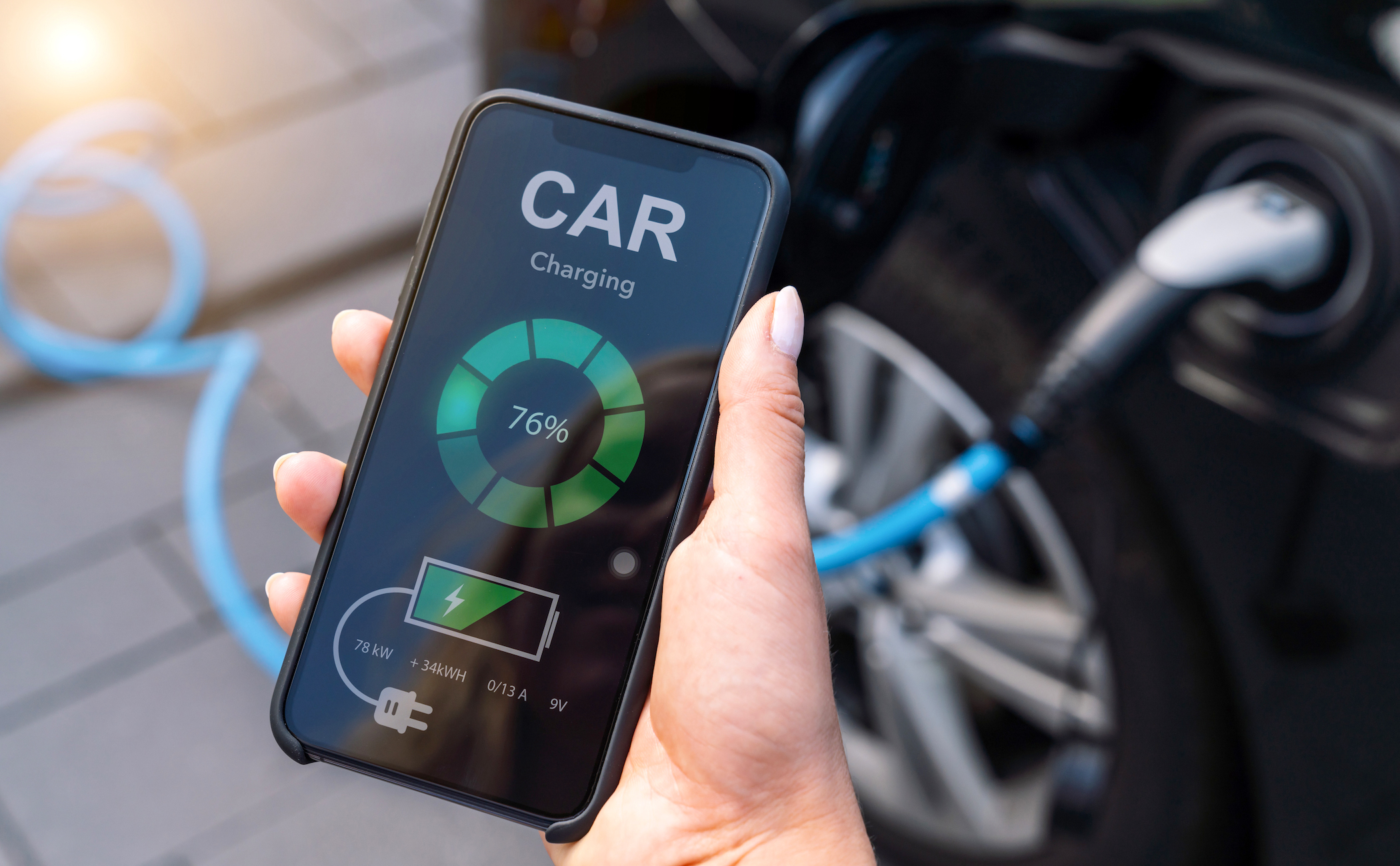
5. Connectors are the lifeblood of electric and autonomous cars.
Car manufacturers are looking for connectors that address their needs for energy density, packaging, performance, and safety. Given the drive to high-voltage, high-temperature systems, cooling will be increasingly important. New connectors blend new materials, design, and best practices to provide heat-sink properties that prevent overheating and ensure optimal performance in any condition. Connectors provide the bridge of energy transfer from module to module and into every single power-consuming component in the vehicle. As high currents and high voltages drive electric powertrains, it becomes even more critical for resistance measurements at connection interfaces to be kept as low as possible to prevent thermal events and any energy losses.
For more information, visit TE Connectivity online.
Like this article? Check out our other New Technology, EV/HEV, and power articles, our Automotive and Transportation Market Pages, and our 2020 and 2019 Article Archive.
- Five Key Trends Linked to High-Voltage Electric Powertrains - March 3, 2020
